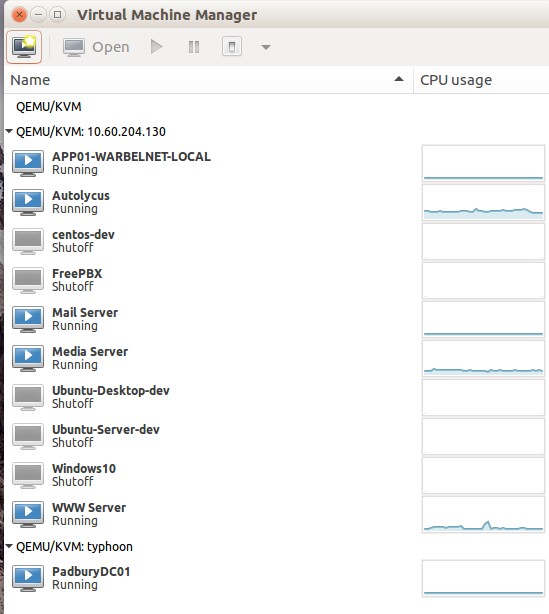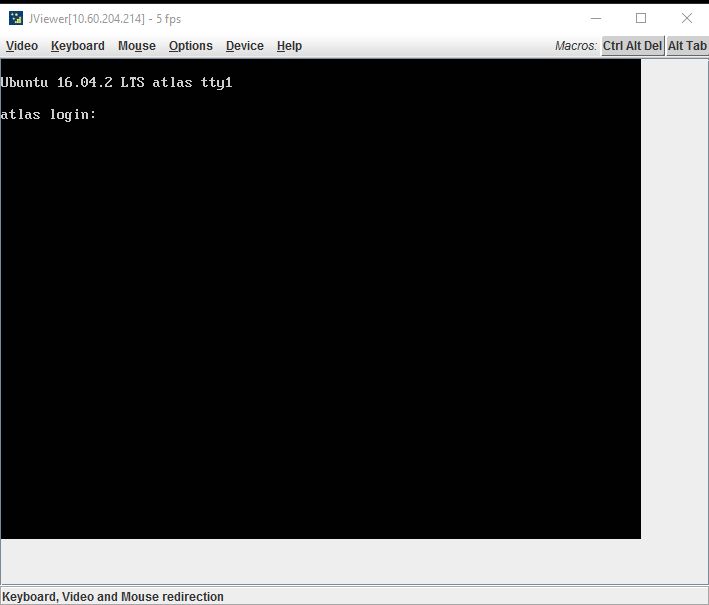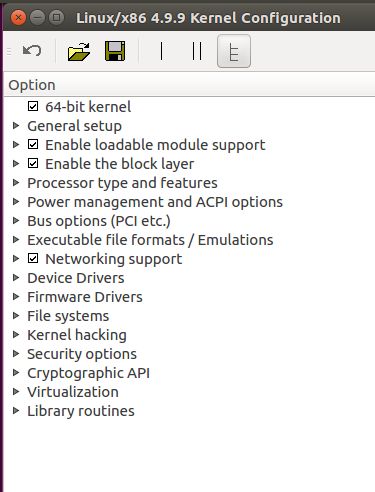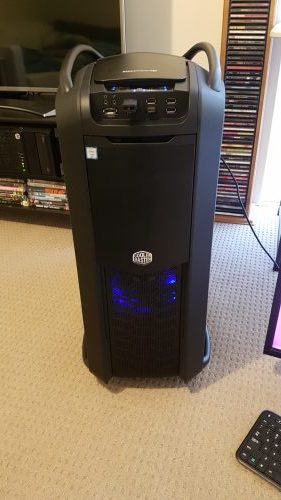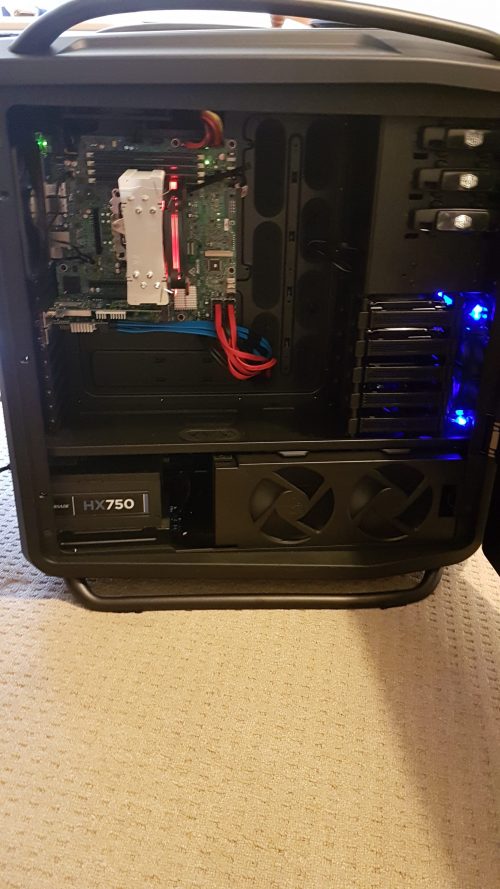Background:
Building on the last post, it is now time to install and configure a DC client to connect to the server. Unfortunately Microdc2 has a series of limitations that we will need to work around, these include:
- Microdc2 does not come with any system startup scripts.
- It has no ability to control the bandwidth used by file transfers.
- It cannot be left to run by itself if you quit the terminal.
Thankfully there are ways to work around all of these. We can write and install our own Systemd scripts, use trickle to limit the bandwidth, and use screen to run microdc2 in a headless environment that allows us to check the status at will.
Setup:
I’ve assumed that screen, microdc2 and trickle are already installed, if not, type the following:
sudo apt install screen microdc2 trickle
All of microdc2’s settings are stored in ~/.microdc2/config
I have unashamedly used the config file found here as a template:
# You should make sure that this listen port is forwarded properly if you are behind a router. If you can't forward ports, set active off and use passive mode. This can work behind firewalls but is crippled and slower than a properly forwarded one. NOTE: the port MUST be set before active mode is set on.
set listenport Port#
set active on
# The following address should be set to your EXTERNAL ip address. This can be found by visiting www.whatismyip.com.
#set listenaddr xxx.xxx.xxx.xxx
# I like to turn autoreconnect on in case I get disconnected from the server for whatever reason.
set auto_reconnect on
# The following enables logging. Replace the logfile with wherever you want it to log to. You can of course turn it off by leaving the following two lines blank
set log_charset UTF-8
set logfile /home/user/.microdc2/log
# These should all be pretty self-explanatory. Nick is your nickname. If the hub requires a password, specify one here.
set description Description goes here
set email MyEmail@url.com
set nick NickName
#This is the password for the DC Server
set password Sup3rS3cr3t
set downloaddir /path/to/directory/
# The set speed option doesn't actually change anything, it only changes your REPORTED speed that other users see. The slot is how many simultaneous downloads people can get from you.
set speed 450KBps
set slots 5
#This is the hub connect command, it should be left until last
connect url:port
Ensure that the port you specify in the first line is open and forwarding to your microdc2 host. It isn’t necessary to set the listening address as it will listen for incoming connections on all interfaces, which is fine if you’re behind a firewall/router.
Run microdc2 as the user who will be running it as a daemon. and add any directories you would like to share with:
share /path/to/files
Microdc2 will only remember the files that are shared, all other settings must be stored in the config file.
It will potentially take a long time to hash all the files that you want to share depending on your hardware configuration and number of files. Your files won’t be shared until they are all hashed. This is useful of course, at good DC clients will download from multiple sources.
Running the program and setting limits:
Fundamentally, the command we will use looks like this:
screen -dmS microdc2 trickle -u 370 -t .1 microdc2
Screen will start in -d Detached mode, -m ignoring the $STY environment variable, forcing the creation of a session regardless of where it was started, -S session name, which I have called microdc2.
The program that screen calls is trickle. Trickle will only limit the upload speed -u, to 370Kbps. You may need to adjust this to suit yourself, -t .1 seconds to give a fine granularity of transfer speed. Again, i suggest testing this locally to see how it performs. Trickle will call the program microdc2 using its defaults for the user who called started the program.
Setting up a systemd startup script.
Create a systemd startup script and edit it:
sudo vi /lib/systemd/system/microdc2.service
Enter the following details, changing the username to the user who will run the program.
[Unit]
Description=Microdc2 Direct Connect Client
After=network.target
[Service]
Type=forking
ExecStart=/usr/bin/screen -dmS microdc2 trickle -u 370 -t .1 microdc2
User=username
Group=username
[Install]
WantedBy=multi-user.target
Then run the update and start commands.
sudo systemctl daemon-reload
sudo systemctl enable microdc2.service
sudo service microcd2 start
Open the screen session
screen -r microdc2
close the screen session using the keyboard commands: CTRL+A, CTRL+D
Further reading:
Red Hat Systemd scripting
Trickle
